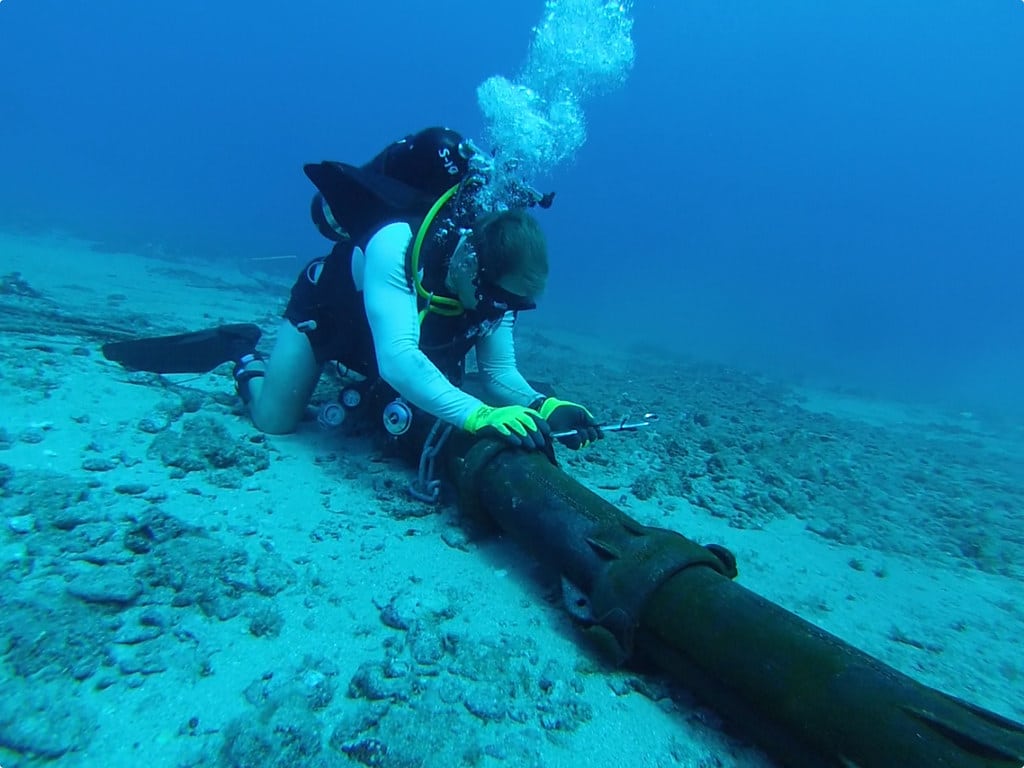UK start-up Xlinks is planning to build the world’s longest power link that will stretch from Morocco to the UK as a way to deliver electricity generated from renewable sources to British homes.
—
A former head of Tesco, Dave Lewis, is one of the forces behind an ambitious £16 billion project to lay down the world’s longest subsea electric cable covering a distance of 3,800km between north Africa and the UK. The power link aims to send renewable energy generated remotely to Great Britain.
Xlinks is proposing to have large-scale solar and wind farms be built in Morocco, with a 10.5 gigawatts power capacity, which will supply electricity exclusively to the UK. The energy project has the potential to power more than 7 million homes in Britain.
“We have secured with the Moroccan government an area of about 1,500 sq km,“ said Lewis to the Financial Times. “On that land we are going to put a solar farm, a wind farm and batteries which combined will produce about 10.5 gigawatts of power.”
Additionally, the infrastructure will be working around the clock. Solar power will be generated during the day while wind will take over at night, with battery power to help bridge the gaps.“This is renewable energy that behaves like baseload,” Lewis said. “We have none of the intermittency.”
Xlinks founder and Chief Executive Officer Simon Morris separately said in another interview that the remote energy generation will come from an area with completely different weather patterns as the UK, and could provide significant amounts of resiliency to the energy system.
You might also like: Why Offshore Wind Power is So Sexy
There’s been an uptick of undersea cables, also known as interconnectors, in the energy market as they allow electricity to be delivered and traded across different countries. The current longest interconnector in the world can be found stretched 720km across the North Sea, linking Norway and Northumberland in the UK. The power link can export surplus offshore wind as well as import electricity during low power generation periods.
The UK government has made plans to triple its interconnector capacity by 2030 as it works to achieve net-zero emission by 2050. While Lewis has said that the start-up is not looking for government subsidy, they’re seeking to qualify for the contract-for-difference funding mechanism the government has for renewables and big infrastructure projects, which is only limited to power generated in Britain at the moment. The company is requesting £48 pounds a megawatt-hour for the power it would deliver to the UK to make the project “economically viable”.
The start-up has at least two factories to manufacture the cables in the works, which according to the company will take less time to complete than waiting for an existing company to make, and hopes to start laying the cable by 2025.
Featured image by: Flickr


















